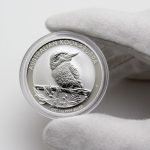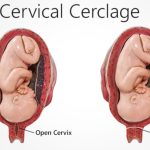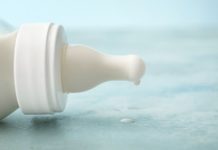It is often the practice around the world when it comes to teaching kids about periods they segregate the class based on gender, and only the girls are taught the basics. (Sadly in some places even those experiencing menstruation first-hand lack the necessary basic biology knowledge.)- Period education
I agree with the claim that it is just as important for kids not getting their period to know about the basics even if they themselves don’t experience it:
Why?
- family members and friends around them will, and they should be able to support them (e.g. with picking up period products or helping reduce cramps and other unpleasant symptoms).
- Universal education about periods would also reduce the stigma around it, which contributes to some girls avoiding school while on their period because of the fear of being bullied or teased. Dealing with other children is often worse than surviving with a narcissistic boss. Students would benefit from not being separated based on gender when learning about periods, at the same time it might be a good idea to simultaneously provide a separate safe space for kids to share their first-hand experiences around menstruation.
- Understanding the science behind menstruation is linked to an understanding of contraception which is vital for everyone who wants to prevent unwanted pregnancies, and also for when they do want children (Here are some tips on how to get pregnant.). This is not just the responsibility of the party that can get pregnant.
What to say about periods?
Comprehensive education on periods includes not just the technicalities of what happens during menstruation, but also how to deal with it (different types of period products and how to use them; techniques to reduce cramps and other symptoms, how to be kind and supportive of someone on their period) and how to deal with any surrounding health issues that may arise if one handles their period in an unhygienic manner.
Key points to mention when explaining periods:
- Women and girls usually have different body parts than boys. This is how they can grow babies in their bodies and men cannot.
- Inside a woman’s body is a place where they can carry a baby, called a uterus. It looks like an upside-down pear and is small when there is no baby in it.
- When kids go through puberty their bodies are getting ready for them to have babies someday. This doesn’t mean they’re ready to have babies just because their body is ready.
- For girls, a big part of their puberty is getting their period. This means that their uterus will build a “nest” of blood and tissue for a baby that might come each month. There will be no baby unless a man’s sperm meets an egg inside of her body. If there is no baby, the “nest” is no longer needed, which is why the body gets rid of it. This comes out as some blood and tissue about every month, for about 3-7 days.
- For these bleeding days, one uses period products such as pads, tampons, diva cups, and so on to absorb the blood. (Show children the different period products at home or in the store and talk about how they are used.)
- Most girls can become pregnant as early as 2 weeks before they start their first period and periods are a normal part of their body working.
- Periods are also called menstruation officially. It has other nicknames like time of the month, cycle, Aunt Flo, etc.
- Periods can be uncomfortable, having one can come with cramps or feeling tired and not good.
- It’s important not to tease someone because they have their period because it is already hard for them and having periods is normal, like having a runny nose.
- Sometimes periods come when one doesn’t expect it and the blood can leak through their underwear and clothes. It may look like they sat on something red or brown. If this happens, do not tease them or draw unneeded attention to it. Find an adult to help them clean up and take care of it
More background on how hormones affect the body can come at a later age when kids start learning about it in school. Here’s an example of what you would want to mention.













